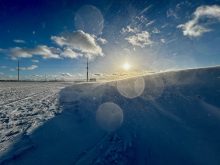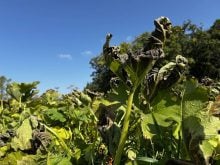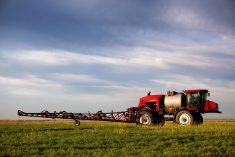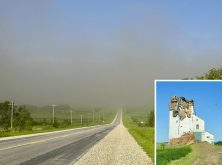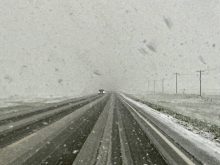You may think you know what to expect when drawing water for the sprayer.
But after the wild swing from drought to flood in the last two years, spraying experts say that assumption may end up costing the producer.
“You may have been using a water source for many, many years, and it’s been fine, but because of the last two extremes, we’ve gone from one extreme to the next, that definitely affects water quality,” Kim Brown-Livingston, the provincial weed specialist, said.
Read Also
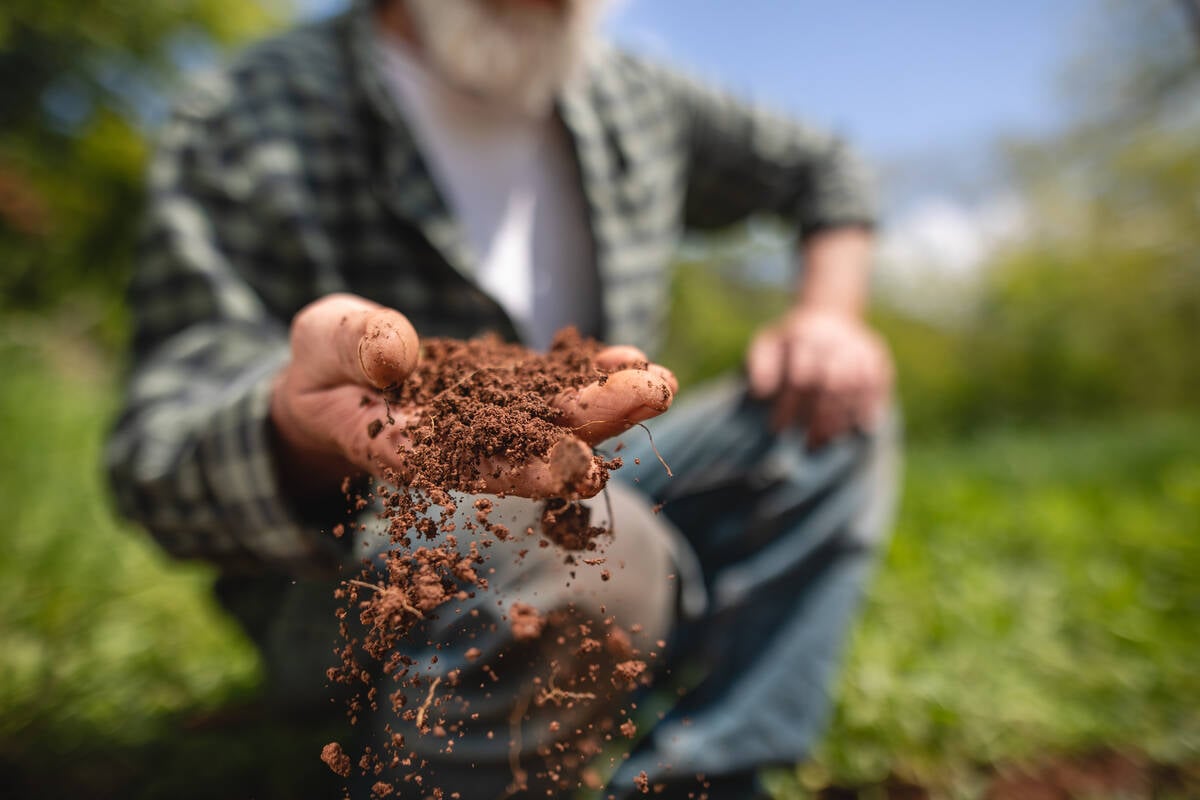
Finally getting paid for sustainable farming?
Alberta project says they might have a line on a workable ecosystem credit model to reward farmers for sustainability, and Manitoba might be next
Tom Wolf, one of the drivers behind Saskatoon-based spray company Agrimetrix Research and Training (and the popular spray blog, Sprayers 101), urged producers to test their water at “some kind of interval,” given shifts such as Manitoba’s recent history in extremes.
“Things do change,” he said. “And also, our herbicides and our use patterns also change slightly. For example, we’ve had a slight increase in price — a significant increase in price in some cases — of some herbicides. And that’s an incentive then for farmers to use lower rates.”
He pointed to the resurgence in low-rate glyphosate, generally out-of-favour when glyphosate prices were lower. At those low rates, he noted, water quality becomes increasingly critical.
Wild ride
Manitoba’s water supply has gone from hard to come by in 2021 to way too much this year. Last year, it was not at all clear where producers would be able to get enough water. As the drought gathered steam last June, several members of the Pembina Valley Water Co-operative (PVWC) — which sources water to much of the Pembina Valley and western Red River Valley — restricted farmers from drawing from previously open wells. The co-op later designated five truck fill sites for farming and other industry.
Sites like LaRiviere, in west-central Manitoba, reported that pumps were having difficulty drawing enough water, while producers also noted that new fill sites were sometimes distant, wasting valuable time, adding gas cost and impacting work flow.
“I think last year did highlight the need for farmers to have a good, clean water source with enough supply or enough capacity to supply what they needed,” Brown-Livingston said. “That was in jeopardy last year.”
This year, it’s a matter of quality, not quantity.
Heavy precipitation led to overland flood warnings, swelled waterways, closed or washed out roads and water levels that turned some communities in the Red River Valley into islands.
In Morden — the same region that spent all of summer 2021 under strict water restrictions — residents spent almost three weeks under a boil water advisory this spring, after flooding overwhelmed the city’s water treatment plant.
Murky waters
Wolf says he’s taken lots of calls on water quality of late.
Most of those, he said, are on water conditioning and hardness — issues for producers drawing water from groundwater rather than surface water dugouts. Changing water levels from last year’s drought may well have shifted the quality of that groundwater, Wolf warned, once again urging producers to get that water tested.
At the same time, he said, flooding has raised the issue of turbidity (suspended particles and sediment whipped up by water flows) in surface water sources.
“The turbidity is the big issue, turbidity and organic suspended solids,” he said. “Those are very difficult to actually get around.”
In areas such as the clay soils of southern Manitoba, which he notes are more reliant on surface water than other regions, turbidity and spray water has not been properly researched.
Both glyphosate and Reglone are seriously impacted by the amount of suspended solids in water, he noted, but that measure isn’t always included in the test result. Some tests may label water generally as appearing clear, “ but how clear is that exactly?” Wolf asked. “What does it mean for herbicides? That’s really unclear right now.”
“There are turbidity indices that some water tests provide, and we don’t know how those are related to efficacy,” he said. “We really only know the most rudimentary of information.”
Testing
While turbidity may be visible to the eye, Brown-Livingston stressed, chemistry is not.
The provincial weed specialist echoed Wolf’s call for producers to test their water.
Manitoba Agriculture service centres have water sampling kits available for producers who want them, she added.
Producers may also want an experienced eye to tease management decisions out of those water test results.
“Water test results look like a chemistry exam,” Wolf said. “They have all of these terms and so I think it is difficult to know, because we don’t all have that chemistry background. Consulting with an expert is advisable rather than guessing.”
The issue sparked a Sprayers 101 post in February 2022.
The post, which offered advice on interpreting water test results, urged producers to investigate their water if conductivity came back between 1,000-2,000 Siemens per centimetre (µS/cm), to hone in on which salt is causing the problem in very high conductivity cases (such as those over 10,000 (µS/cm)). Other advice put the common bicarbonate threshold at 500 pars per million, and urged producers not to stress too much on pH, as long as levels fell between six and eight.





